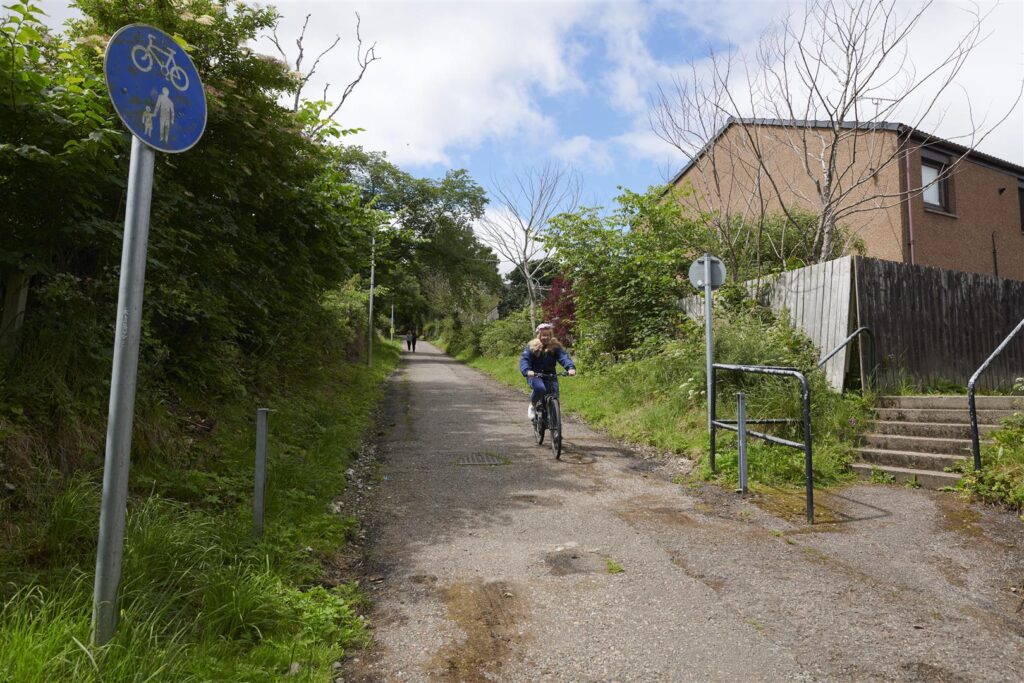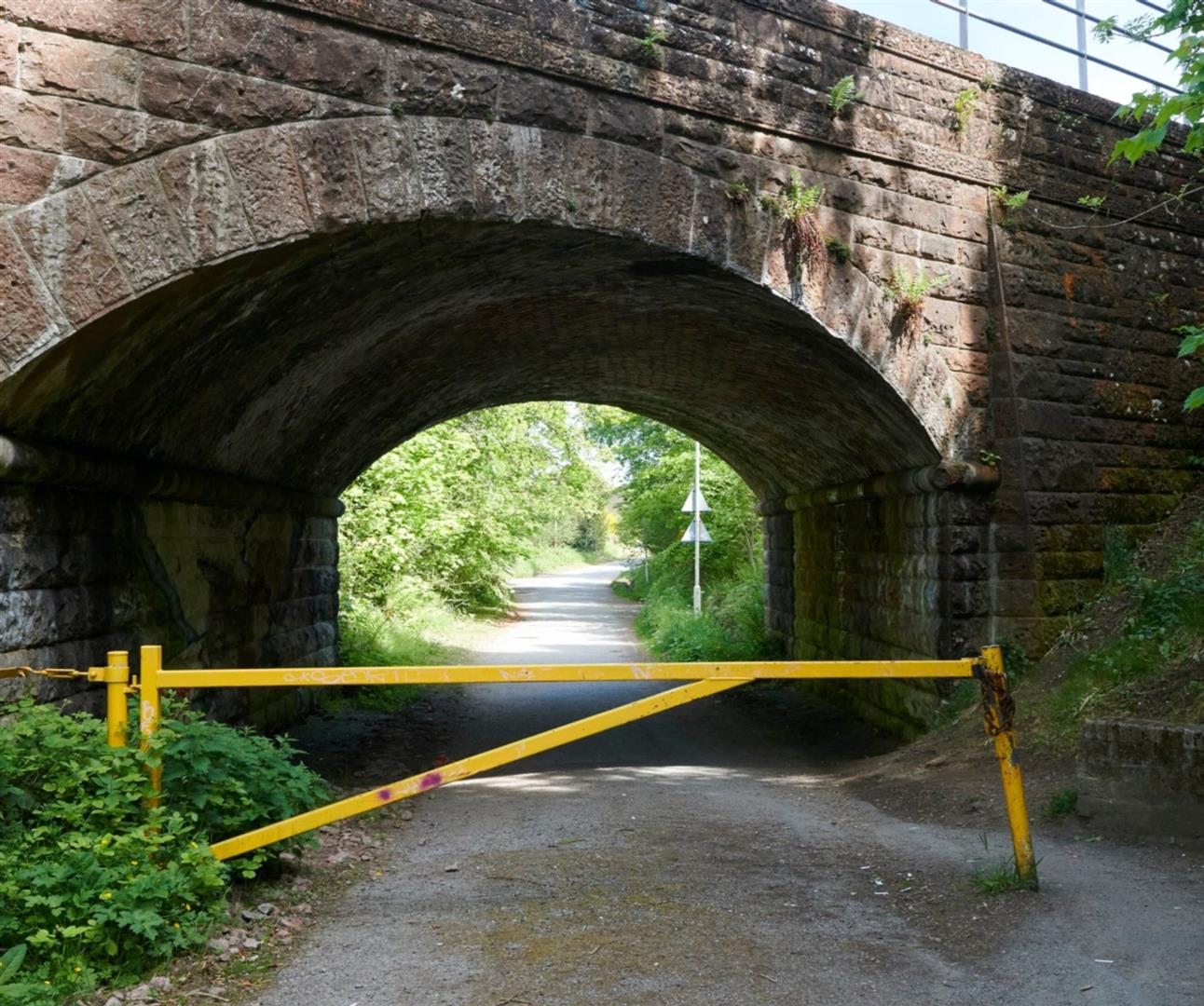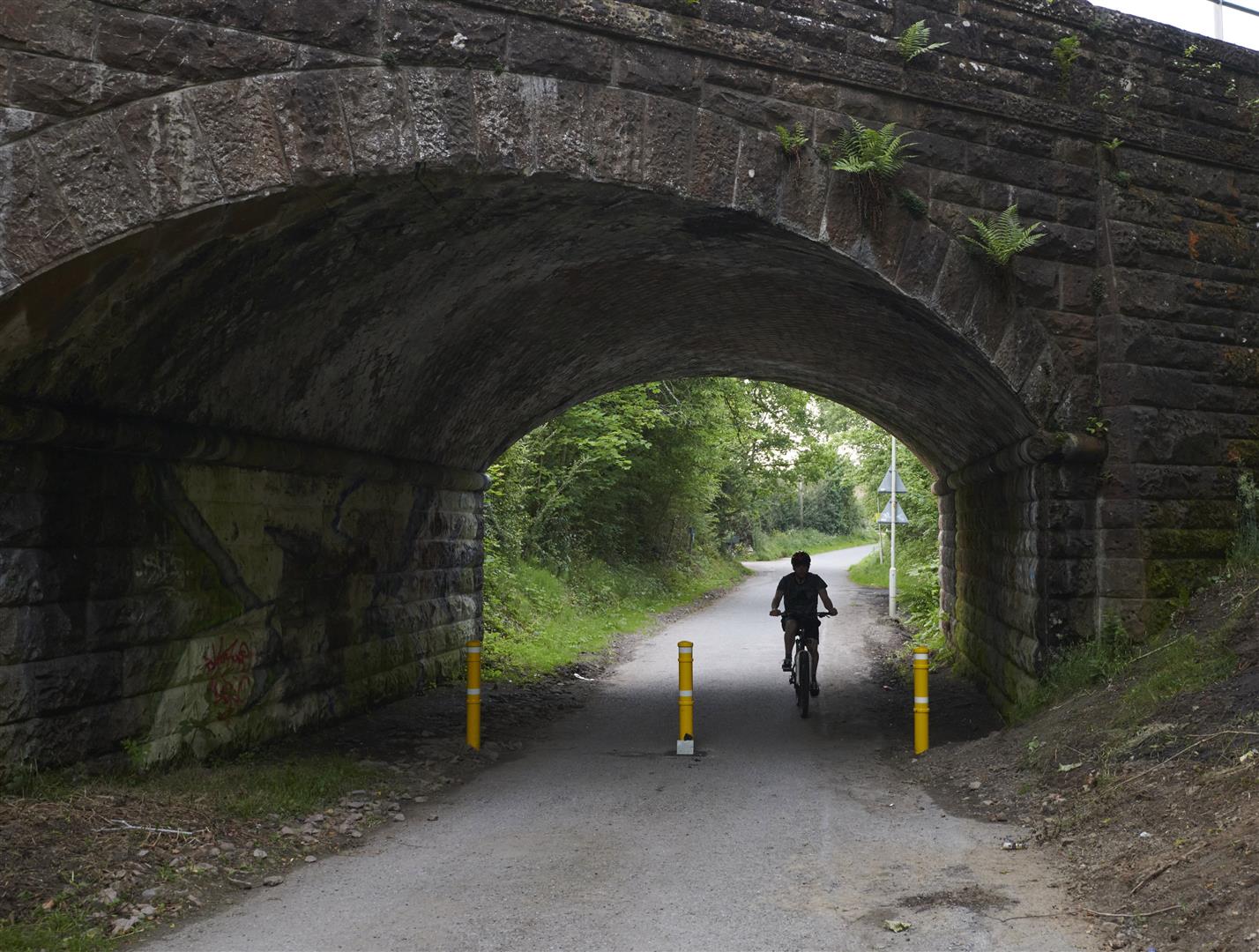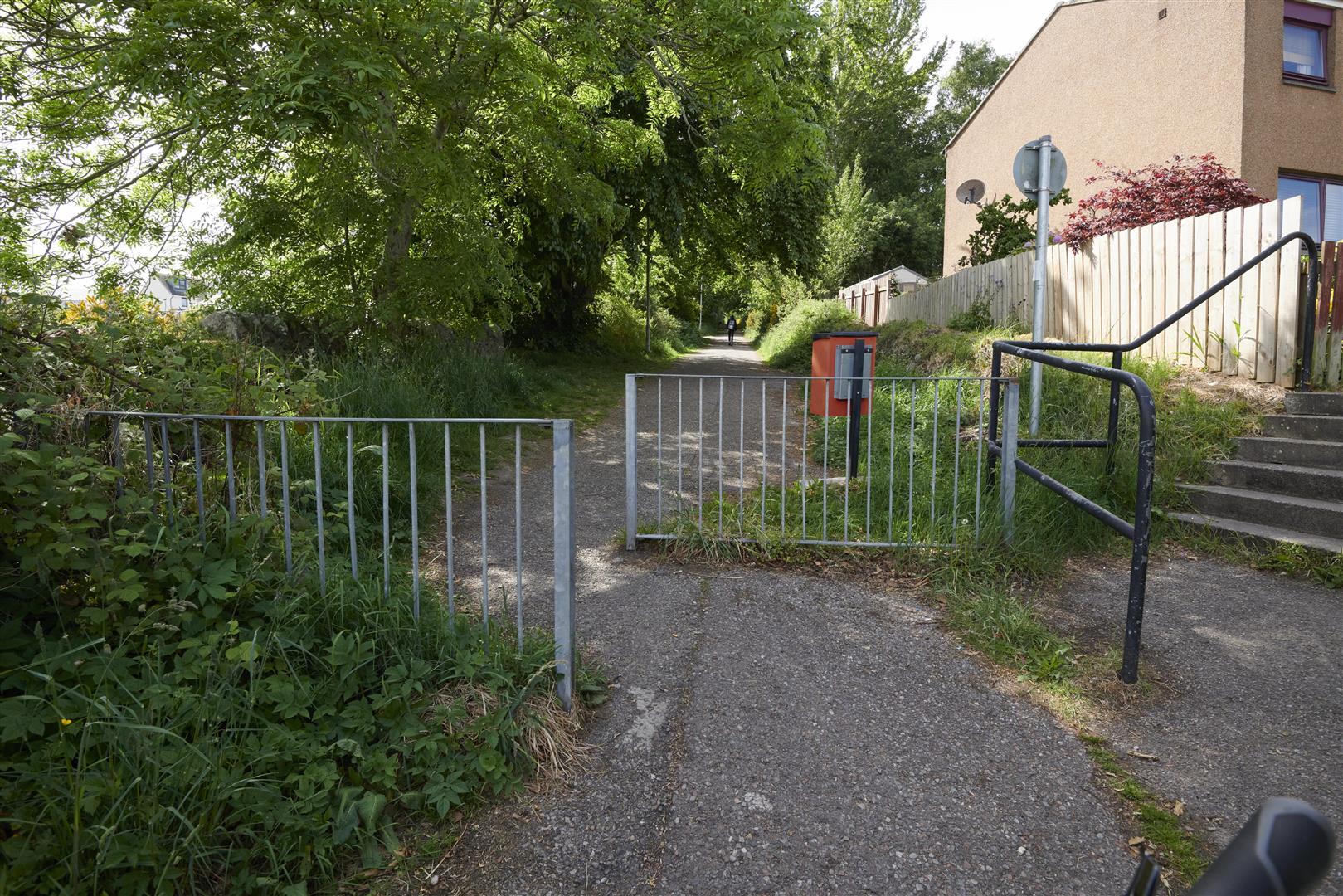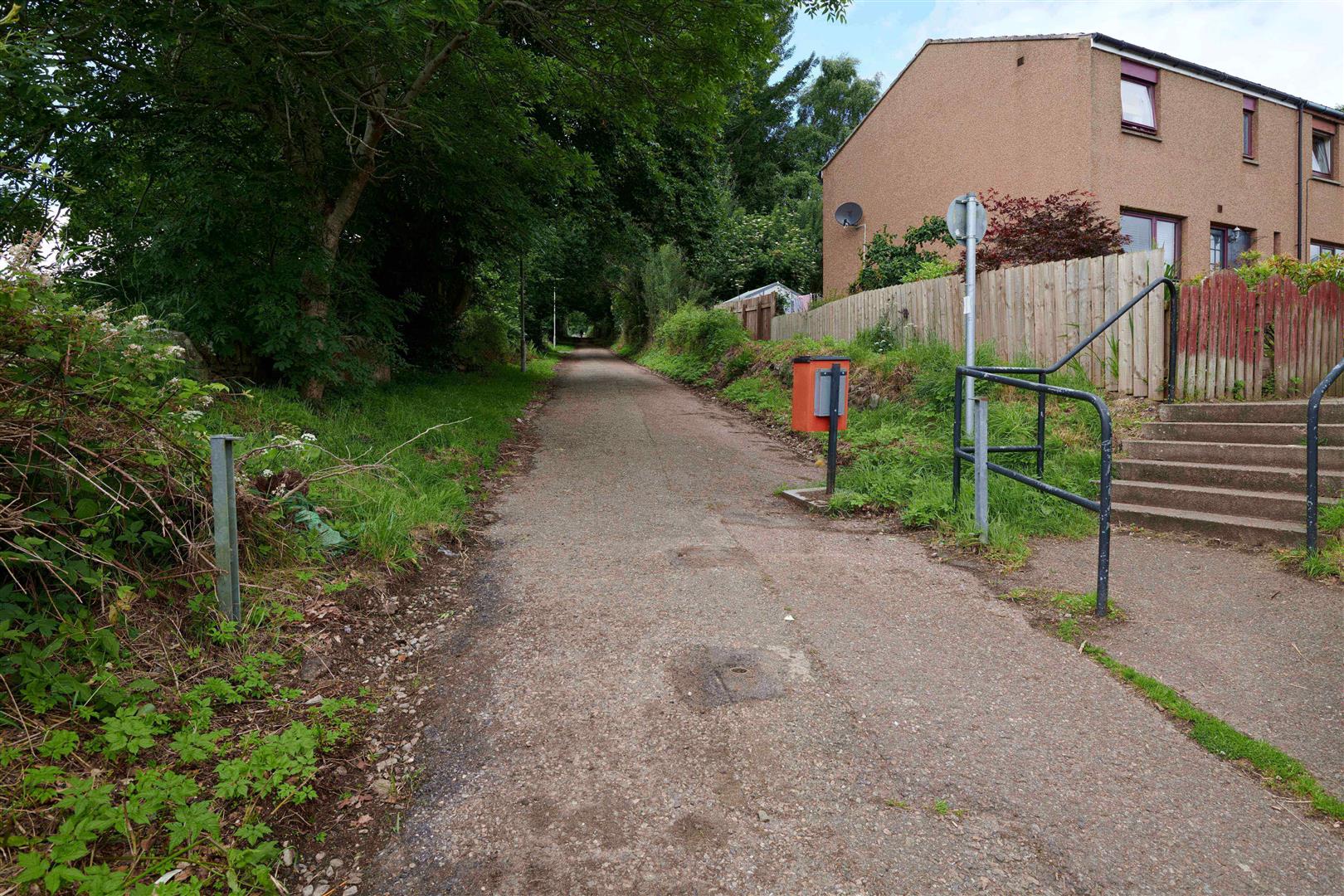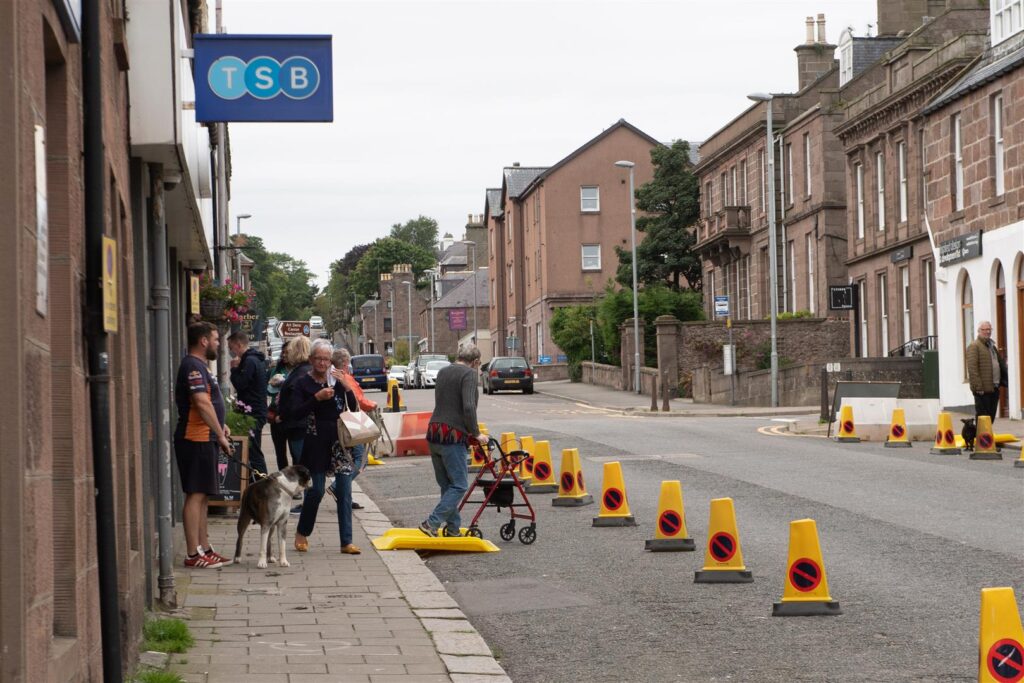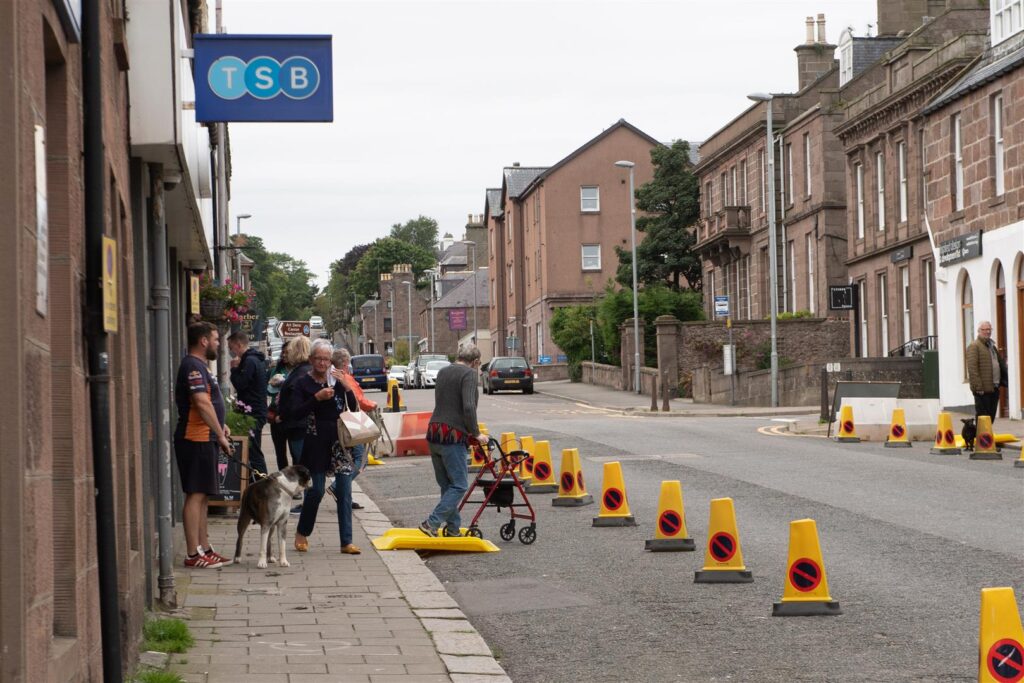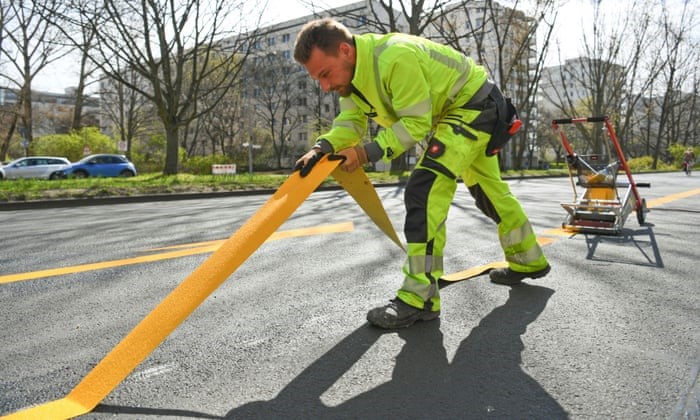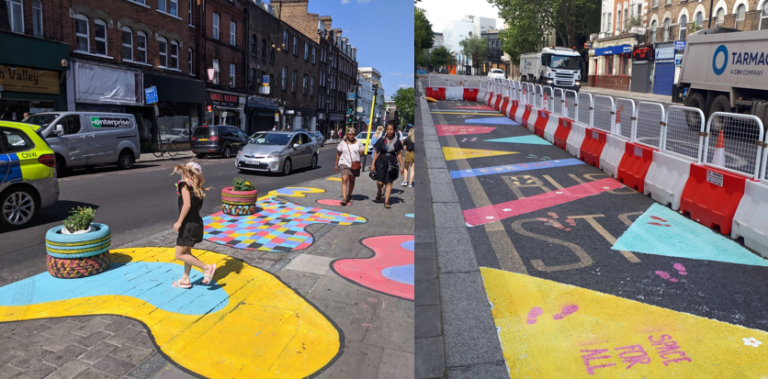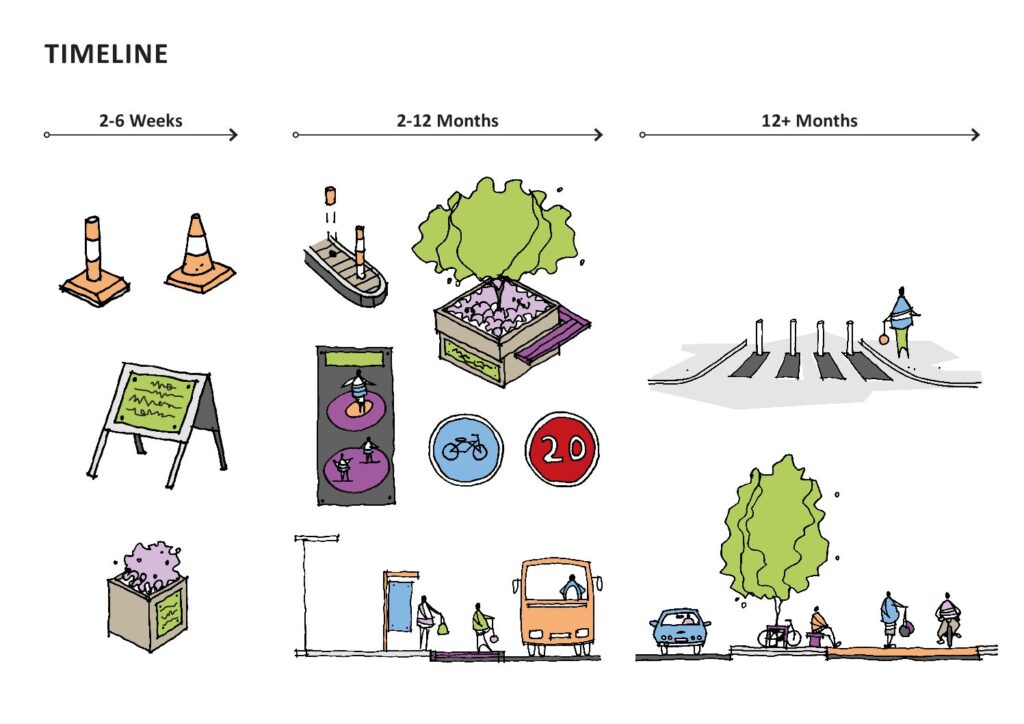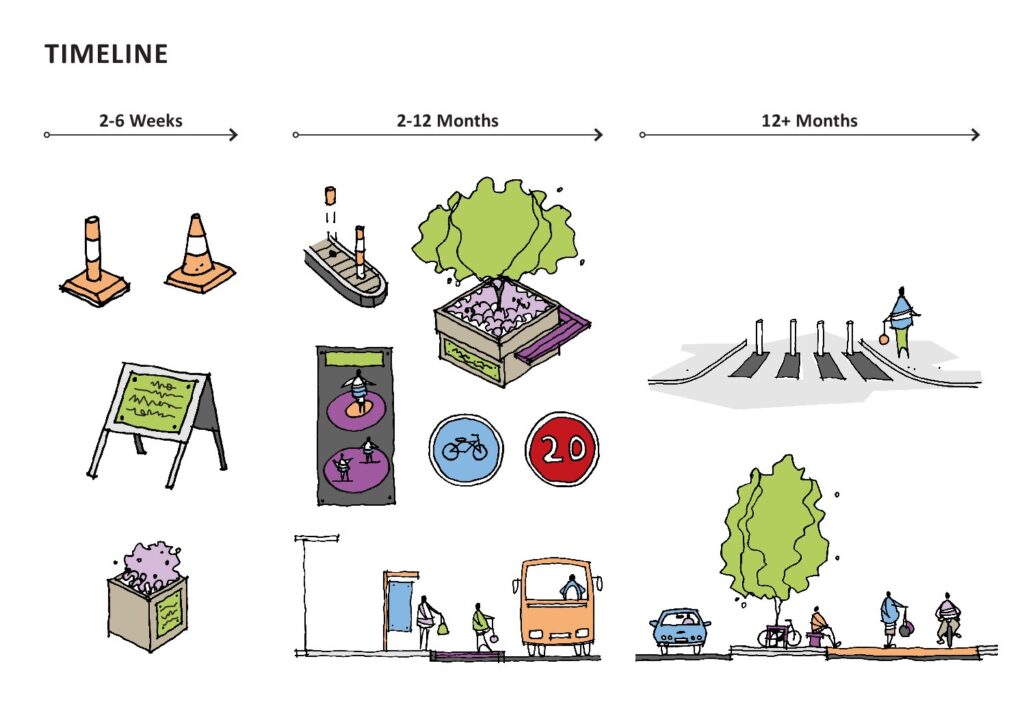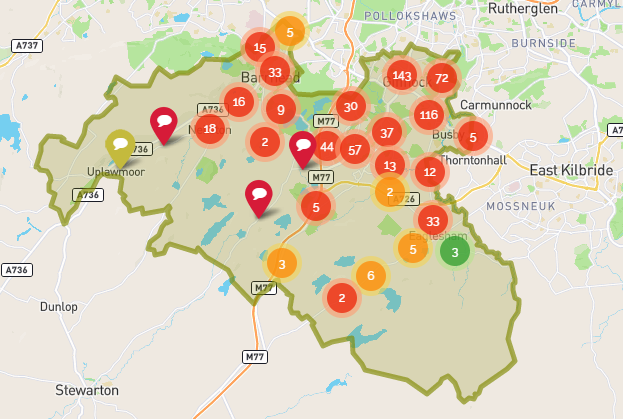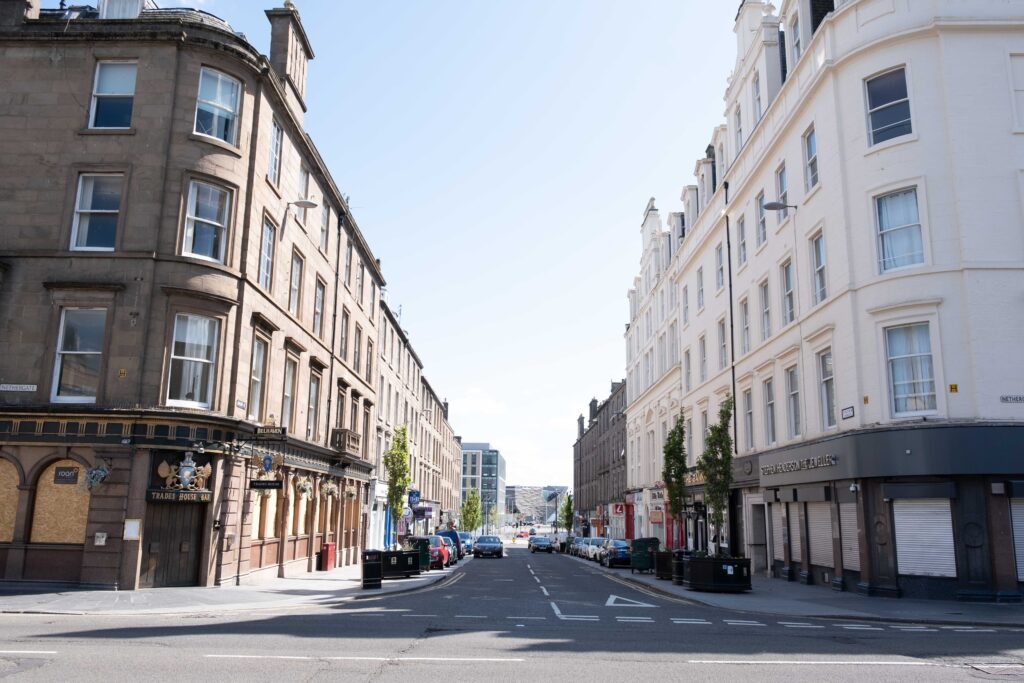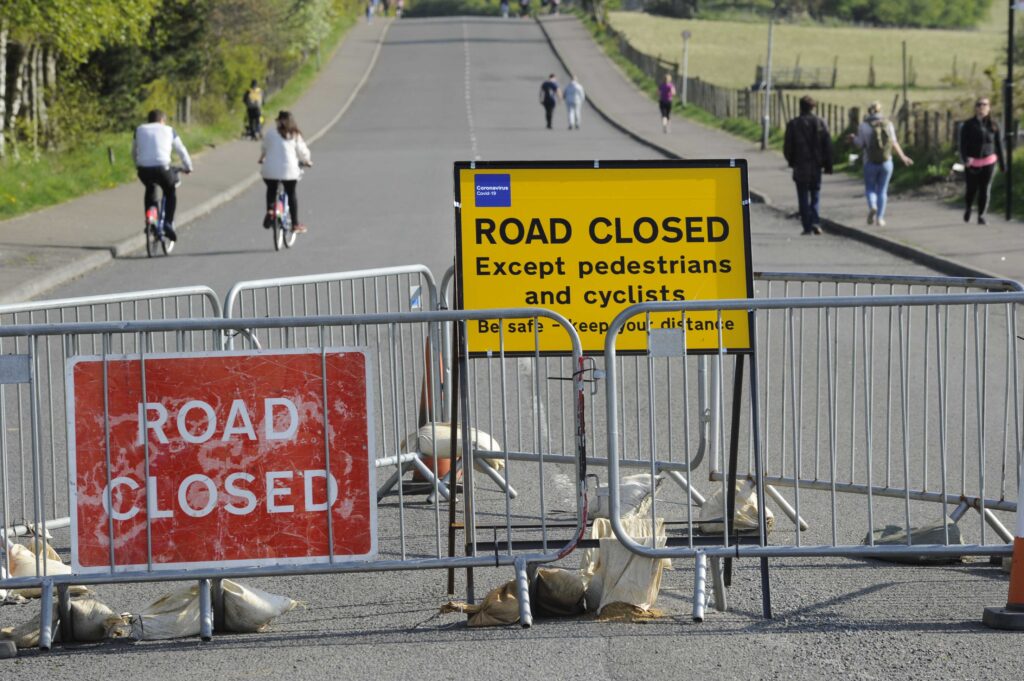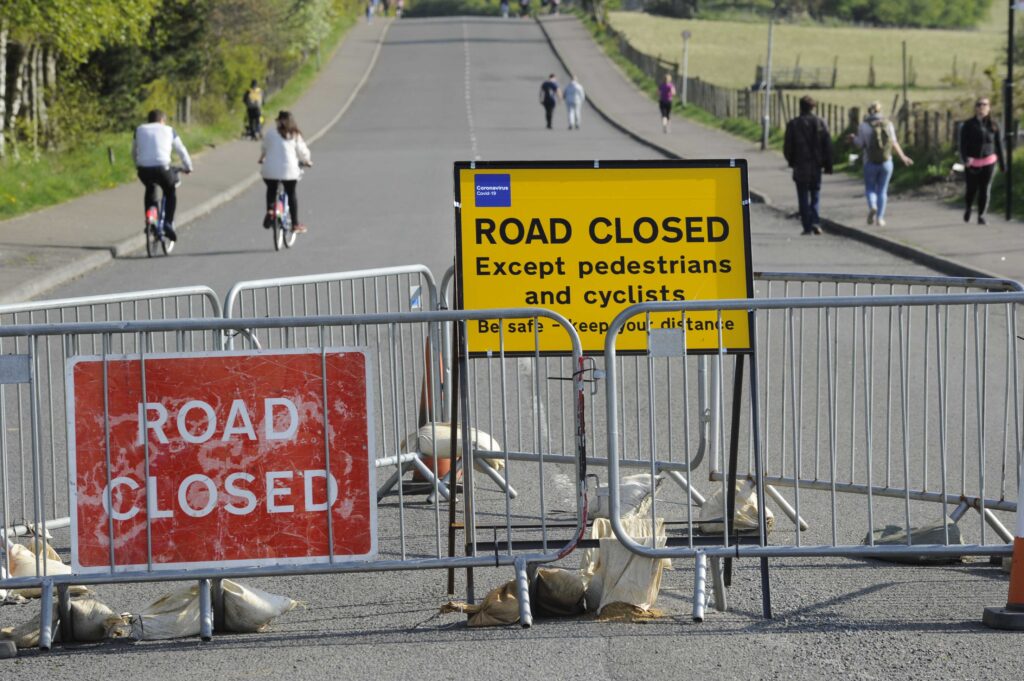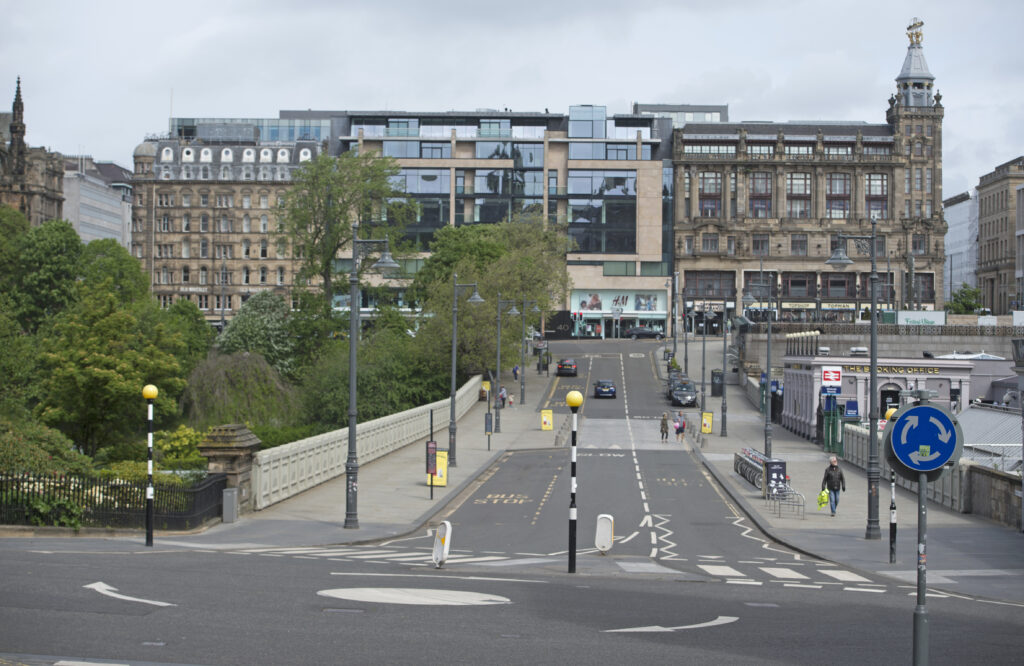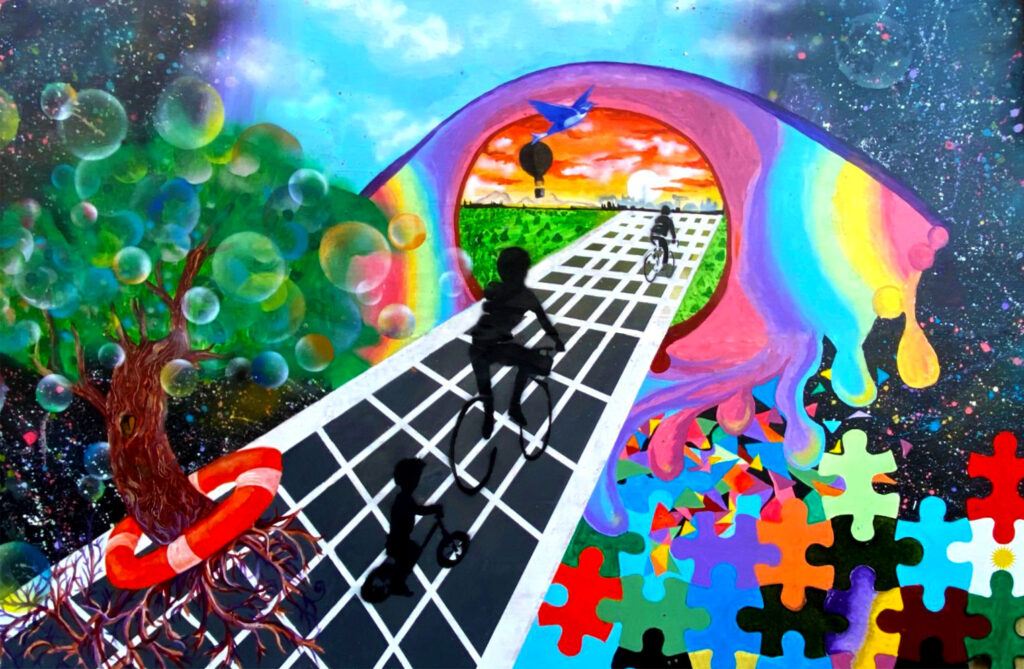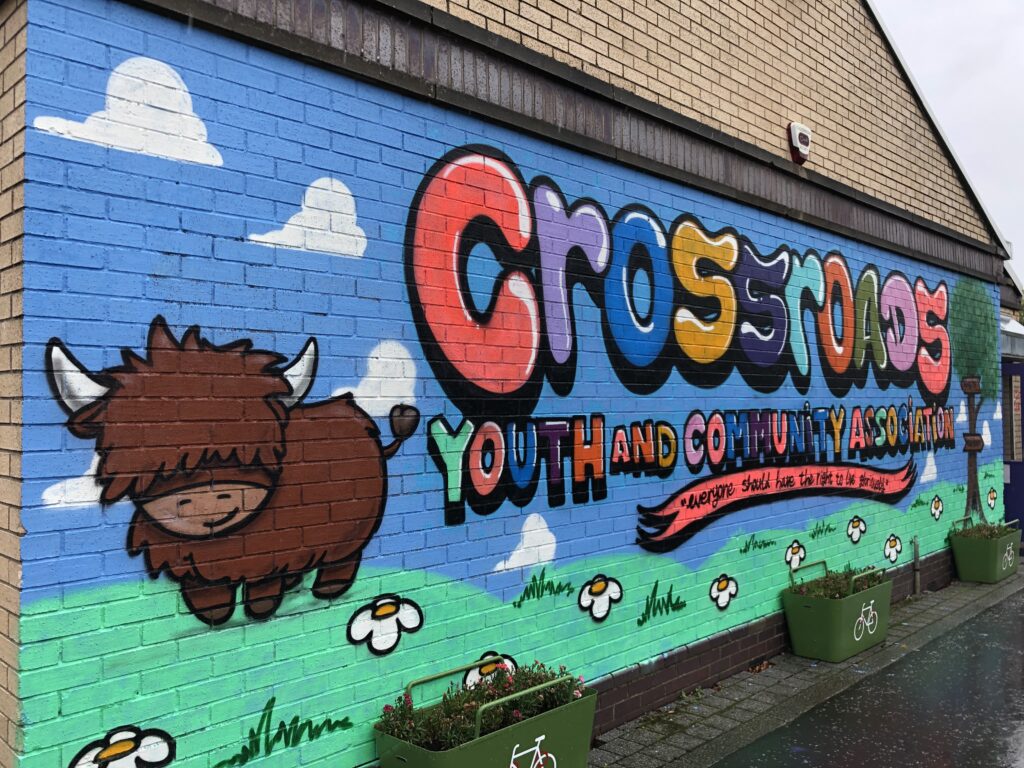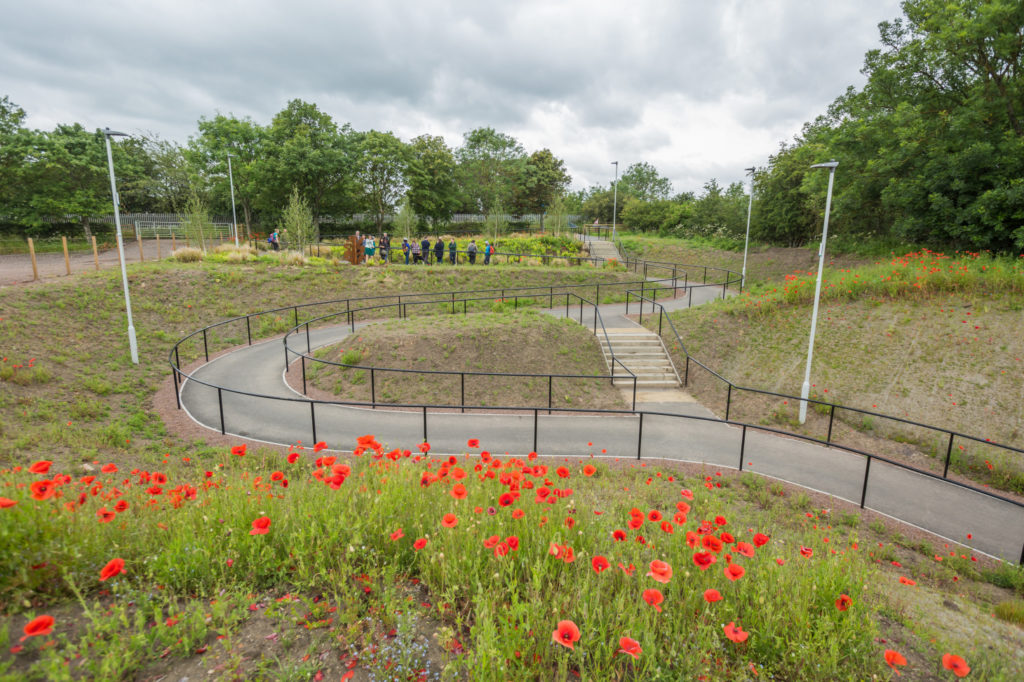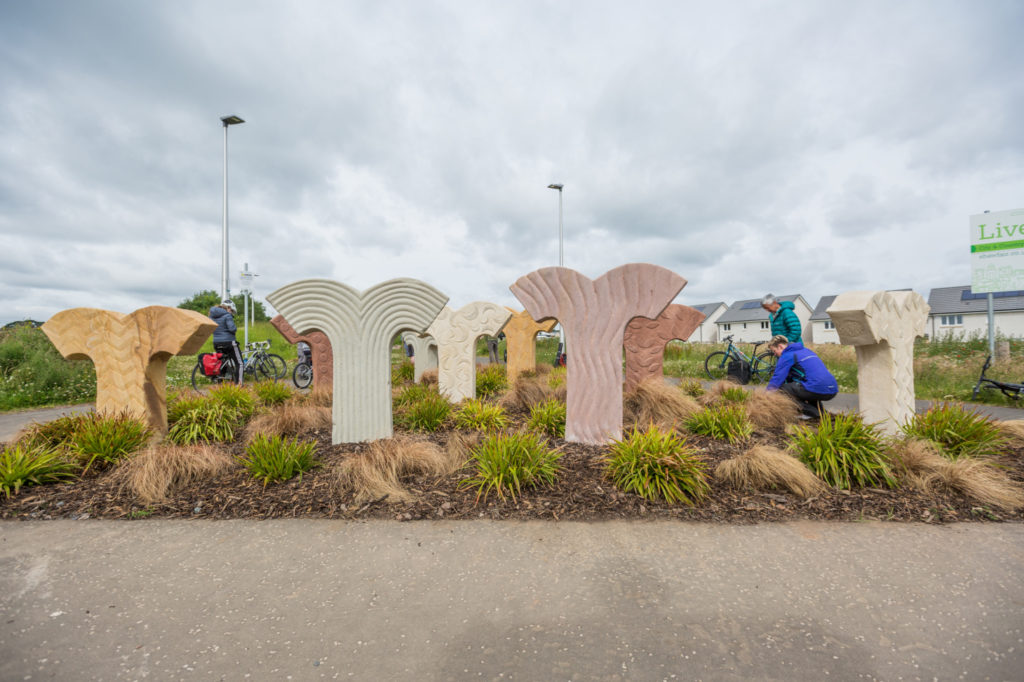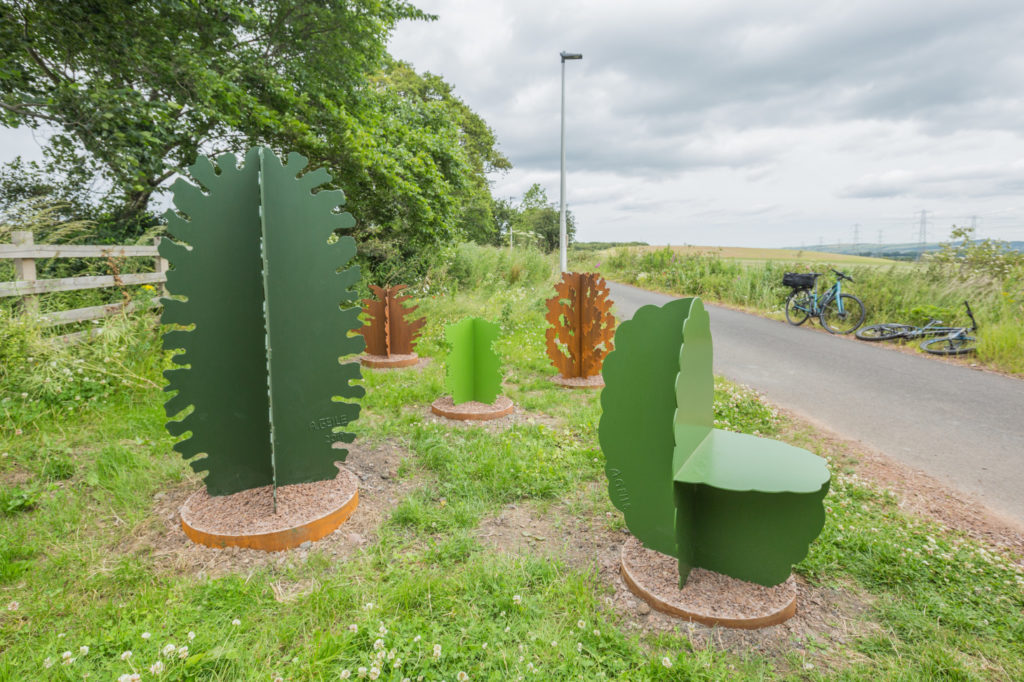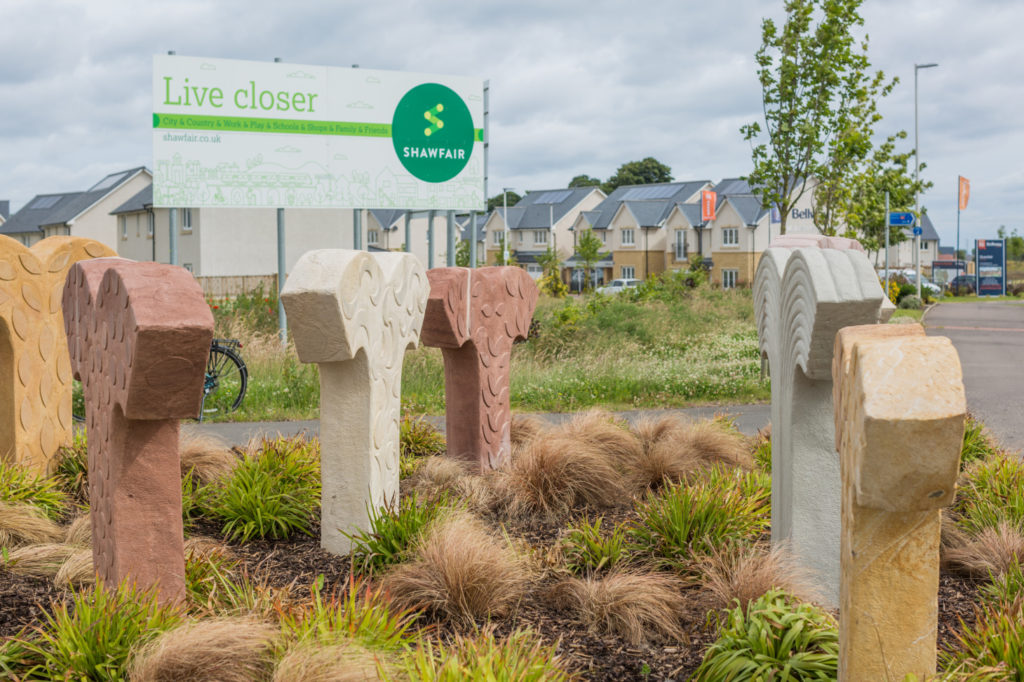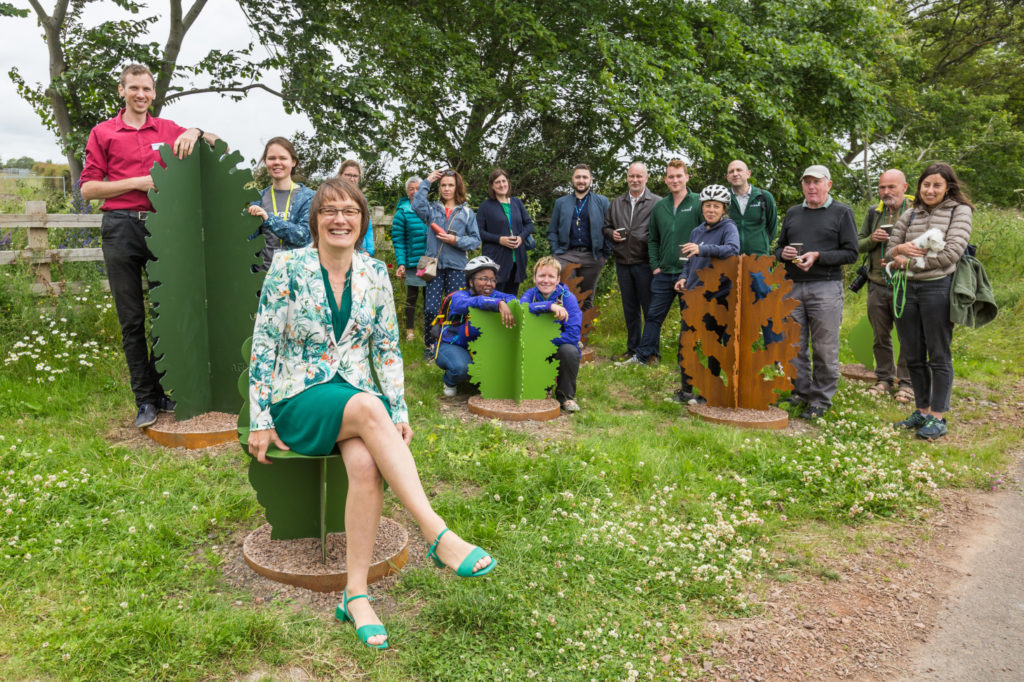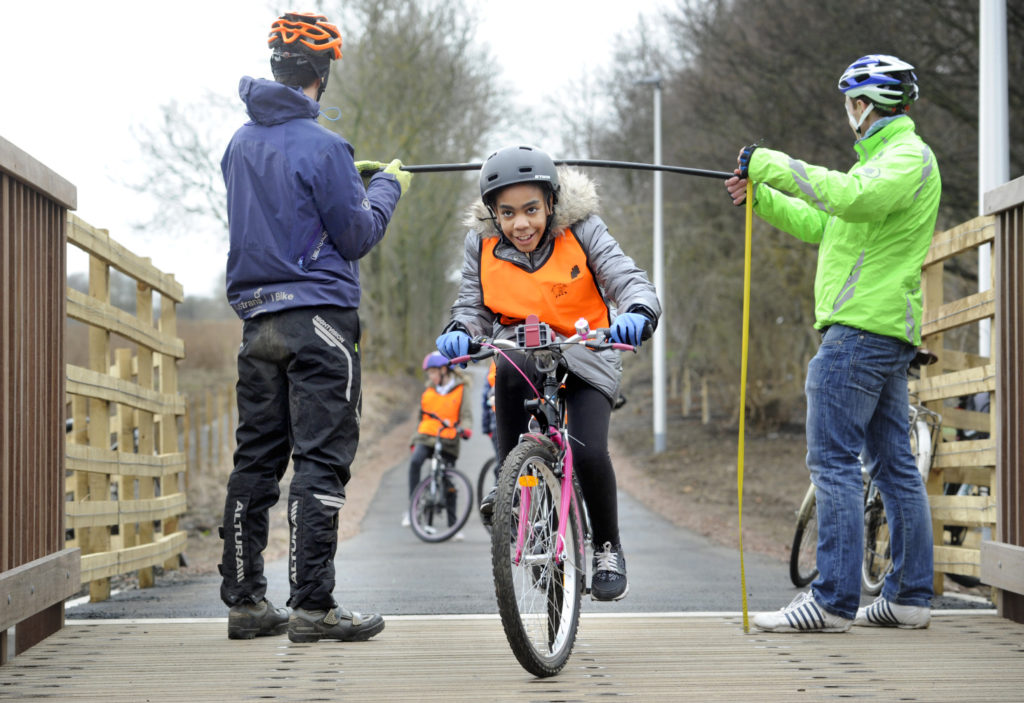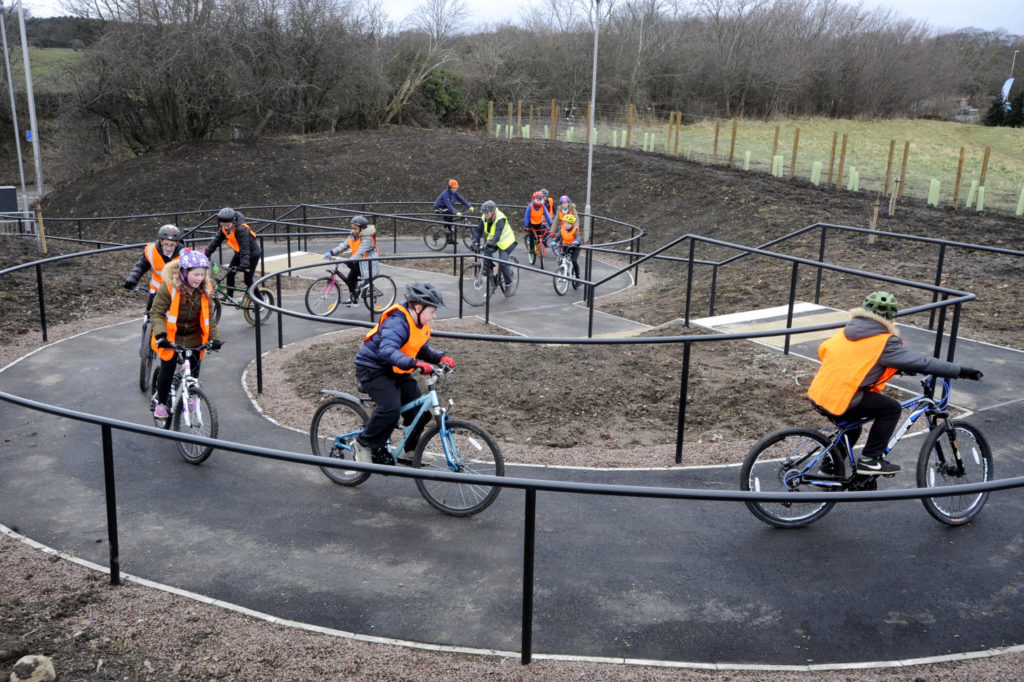Why is Spaces for People important for health and wellbeing?
Ensuring that everyone is equally able to move around their local area safely to meet their needs while adhering to physical distancing adjustments is important for the health and wellbeing of the population.
- It increases opportunities for social interactions which are important in reducing social isolation and maintaining good mental health
- It enables access to work, education and training as well as local resources that are essential to maintaining good health
- It enables access to services including health and social care services
Where this involves walking, wheeling and cycling for all or part of a journey it also increases levels of physical activity and contributes to improved physical and mental health and wellbeing for adults and children. For example regular physical activities can reduce the risk of developing obesity, cardiovascular diseases, type 2 diabetes and mental health problems and can improve mood.
The Scottish Government’s Transport Transitions Plan encourages walking, wheeling and cycling, where possible as an alternative to using public transport, and if using public transport, to be mindful of the restrictions in place.
Creation of additional local safe, high quality space and good quality routes through road reallocation and a review of traffic and parking arrangements is a vital part of our response to maintaining a safe physical distance, improving the environment, providing protection from traffic and promoting good health and wellbeing.
Challenges to moving safely
Increase in road traffic
There can be tensions and conflict between different transport modes. As restrictions are further relaxed, the number of people moving will continue to increase while the requirement to maintain physical distancing will remain. More people will return to work, education and training and people may want to access local facilities including shops and outdoor cafes.
This might help to reinvigorate the local economy but will also increase the pressure on local spaces.
Data from Transport Scotland collected during the lockdown and phase 1 of the transition, show that walking and cycling increased during this period. However there has also been a gradual increase in car journeys following an initial large reduction at the start of lockdown.
There were early indications that on certain roads (some motorways and trunk roads) the proportion of vehicles recording over the speed limits had risen during the period of the lockdown although the actual number of vehicles observed speeding had fallen by approximately 50% compared with a typical weekday or weekend prior to COVID restrictions.
An increasing volume of traffic on roads, some of which may be speeding, may impact on people’s safety when walking, wheeling or cycling and it is important to act to maintain the initial increase in active travel levels in the medium and longer term.
Transport Inequalities
Transport options are more limited for some households. For example:
- Around 29% of households don’t have access to a car. This is more likely amongst low income and single pensioner households.
- Those on low income are more likely to travel by bus and walk to work and have less access to bicycles. This can determine access to services and facilities.
- A higher proportion of those with long term conditions “affecting day to day living a lot” compared with those with no long term limiting health problems do not have access to a car. Disabled people and those with long term health problems also experience significant transport barriers and often have more limited choices. In relation to walking, wheeling and cycling, these barriers include the allocation and condition of road space.
- Over a million people are at risk of transport poverty (Sustrans define this as people are deemed to be at risk of transport poverty when they don’t have access to essential services or work due to limited affordable transport options) in Scotland. Risk of transport poverty is considered to be greatest in areas with (relatively) low income, high car availability and low access to essential services by public transport.
Current disruptions to and concern about the use of public transport may reduce the ability of these groups to reach essential employment and services, socially interact and undertake exercise or recreation. This will be particularly challenging for those who do not have access to private vehicles.
Developing the active travel infrastructure can increase transport options, particularly for these groups. This means considering for example targeting the measures at the most deprived areas as well as routes which are especially unsafe or dangerous, so more people from these areas feel that they have better environments in which they can walk, wheel and cycle safely in their local areas.
This should be accompanied locally by measures that will address the barriers to active travel including those that improve perceptions of personal safety such as maintenance and lighting, inclusive cycling initiatives, cycling training programmes and provision of bike storage facilities.
Reducing the health impacts from road transport
Enabling greater levels of active travel will also go some way to reduce the negative impacts of road traffic on health and health inequalities. These include higher levels of traffic which increases exposure to air and noise pollution ; road traffic accidents ; injuries to both transport users and pedestrians; and community severance.
People in the poorest areas and those living on lower incomes are more likely to experience these impacts even though they are less likely to have access to a car. People in low income communities are at higher risk from road crashes and children on foot or bike in the most 20% deprived areas in Scotland areas are three times more likely to be involved in road accidents compared to the 20% least deprived areas.
Increasing the infrastructure for active travel can help reduce these negative health impacts particularly for those in the poorest areas and with the lowest incomes, as well as improving the environment. Following lockdown there were signs that air pollution caused by traffic, i.e. nitrogen dioxide levels, may have reduced.
Supporting people to continue to walk, cycle or wheel safely rather than use the car, especially for short local journeys, will help to maintain improved air quality with benefits for health and wellbeing. Lowering speed limits and introducing traffic calming measures, such as 20mph zones, has been found to reduce the risk of injury and death for pedestrians and cyclists. Targeting efforts to those neighbourhoods most in need can contribute to a reduction in inequalities in road casualties.
In Summary
Measures to reduce the spread of Covid 19 are currently and will continue to influence the way we move around our communities. This presents challenges for those groups who experience few transport options. The measures funded by ‘Spaces for People’ have huge potential to support safe and active travel during the COVID-19 pandemic and as restrictions
are lifted.
Working with communities and linking with local public health and health improvement departments will help ensure that Spaces for People meets the needs of the local populations. This will help to protect and improve their health and wellbeing in both the short and longer term, and support the move towards a greener recovery.
You can download this article as a PDF here.
Ali MacDonald
Organisational Lead for Active, Healthy Environments,
Public Health Scotland
